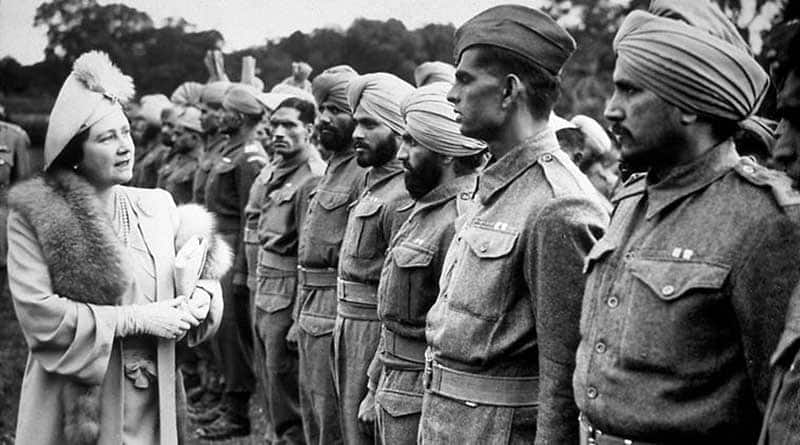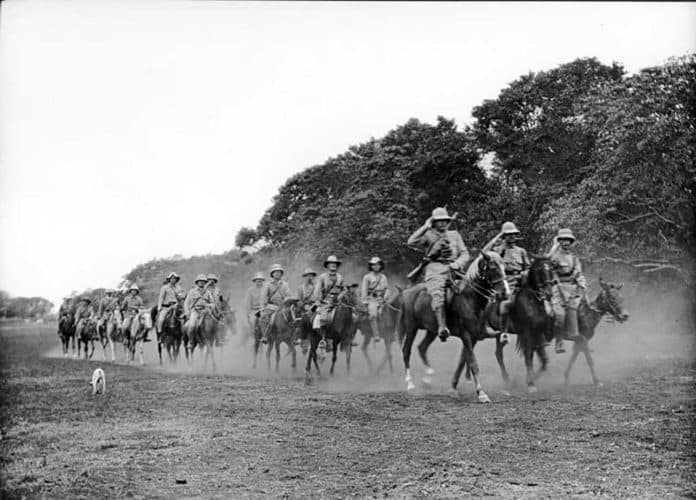Battle of Kilimanjaro – Background, Aftermath and More
The Battle of Kilimanjaro occurred in German East Africa (GEA) at Longido in 1964 November, it was an initial clash in WW I’s Campaign of East Africa.
Battle of Kilimanjaro Background
The capture of GEA by the British was schemed as a two-phased Battle of Kilimanjaro attack, beginning in Tanga and ending in Longido on Mount Kilimanjaro’s slopes. Arthur Aitken, the major general and the overall commander devised the strategy at a staff meeting in Mombasa. The Indian Expeditionary Troop “B,” of the British consisting of 8,000 troops divided into two brigades, led the largest and first prong of the attack on Tanga.
The 2nd prong was scheduled to be a strike on the defenses of the Germans northwards, near Kilimanjaro at Longido, before swinging south to capture Neu Moshi, where the western terminal of the Northern or Usambara Railroad is situated. “The purpose of the conquest of Longido was to choke the Schutztruppe of the Germans at the top end of a 200-mile pincer,” author Charles Miller writes. The area was a German settlement region with extensive plantations of coffee, and sisal among other cash crops located at the north end of the Usambara highlands. The annihilation of German soldiers in the territory bordering British East Africa was a vital goal of the British operation strategy, as tiny German raiding teams had already started to ambush detachments of the British and vandalize Uganda Railway. According to Miller, “On paper, the plan was faultless.”
Brigadier-General J. M. Stewart commanded the Indian Expeditionary Troop “C” of the British, which had collected approximately 4,000 men close to the boundary between British and GEA by late October of 1914. The East African Mounted Rifles, a group of colonial volunteers, were part of the Battle of Kilimanjaro brigade. The German military force in the area was assessed at 200 soldiers by inaccurate intelligence reports; in reality, there were about 600 askaris organized into three companies, in addition, to the colonial volunteers there was also the eighth rifle company (Schützenkompagnie) of eighty-six young German horse riders.

The Events That Unfolded During the Battle of Kilimanjaro
On the 3rd of November 1914, a British force of 1,500 Punjabis climbed the slope near Longido rifle company’s mounted patrol, stampeding away around 100 mules ferrying water to the troops. Some of the column’s carriers panicked and left their luggage behind, leaving ammunition, the battle ongoing at night, and were trapped in a crossfire with a strong defensive position by the Germans at dawn in the fog. When counterattacked, the massive number of Indian troops fought admirably; and the British offensives made no progress during the day and suffered heavy casualties at this Battle of Kilimanjaro.
By mid-morning, a supply column of the British had been ambushed by the germans retreated down the mountain, and returned to British East Africa with nothing accomplished, and no equipment. The British officers and their now dispersed troops waited for darkness to set in. The invasion was defeated by the opposition with less than half their strength, which dampened enthusiasm for war, particularly among British colonial recruits.
Aftermath of the Battle of Kilimanjaro
The Battle of Kilimanjaro on Longido by the northern prong was only meant to be a diversion. According to Byron Farwell, “the primary endeavor was [the] audacious amphibious assault on Tanga’s port,” which began on November 2, 1914. After the northern prong was secured, the companies of the askaris were transported to Tanga by rail to aid in the fight against the southern prong.
For more articles related to Tanganyika, click here!

































